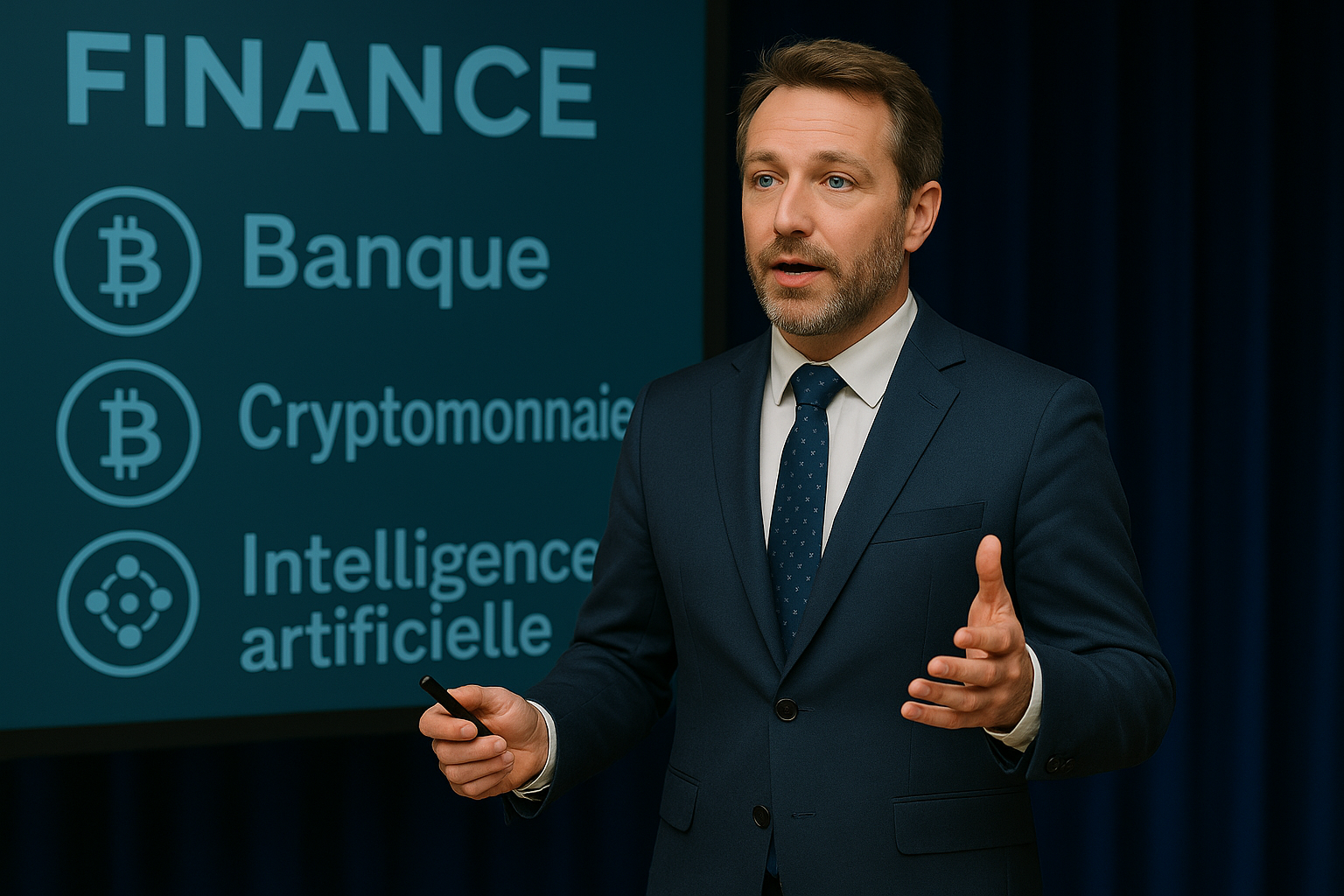Okay, so, virtual real estate. Honestly, a few months ago, if you’d asked me about it, I would’ve probably just laughed. I mean, buying land… that doesn’t *actually* exist? Sounded like something straight out of a bad sci-fi movie. But then, you start seeing the headlines, the crazy amounts of money people are throwing around, and, well, curiosity gets the better of you. Plus, my cousin started bugging me about it non-stop, claiming he was gonna be a digital landlord. So, I figured I had to at least try to understand what the heck was going on. Is this the future of investment, or are we all about to lose our shirts in the metaverse? I’m still trying to figure it out, to be honest. It feels like we are at the beginning of something, but is it something good? Or something that we should all be cautious about?
What *Is* Virtual Real Estate, Anyway?
Right, so, first things first: what *is* it? Basically, it’s digital land or property that exists in online virtual worlds. Think Second Life, Decentraland, The Sandbox, those kinds of platforms. You buy it using cryptocurrency, and then… well, then you own a piece of nothing, kind of. But it’s a *valuable* piece of nothing, supposedly. You can build virtual buildings on it, create experiences, rent it out to other users, even host events. It’s all very…meta. The potential is kind of mind-blowing, but also, it’s easy to feel completely lost in the details. I spent a whole afternoon trying to understand the different blockchains involved and honestly my head was spinning. I think I need a blockchain for dummies book, seriously. And the price? Some of these plots of land are selling for more than actual houses! Who even knows what’s next?
The Allure of Digital Land: Why Are People Buying In?
Okay, so, the big question: why are people spending real money on fake land? Good question! There are a few key reasons, as far as I can tell. The first, and probably the biggest, is speculation. People are hoping to buy low and sell high, just like with any other investment. They see the potential for these virtual worlds to grow and become more popular, and they want to get in on the ground floor. The second reason is utility. You can actually *do* things with your virtual land. You can build virtual stores, art galleries, casinos (if the platform allows it), and charge other users for access. It’s kind of like being a digital developer. Also, there is the prestige factor. Owning a prime piece of digital real estate can be a status symbol, especially if it’s located near a popular venue or celebrity property. It’s all very… nouveau riche. Then again, maybe owning a real property is a little bit old-fashioned now? I’m starting to think that I might need to rethink a few things…
My Brush with the Metaverse: A Cautionary Tale (or Two)
So, full disclosure: I actually dipped my toes into this whole virtual real estate thing a few months back. I thought, “Hey, I’m pretty tech-savvy, I can figure this out.” Famous last words, right? I ended up buying a small plot of land in Decentraland. It wasn’t much, just a little square, but I thought I could build something cool on it. I envisioned a virtual coffee shop, maybe with some live music performances. The funny thing is, I had *no* idea how to actually *build* anything. I spent hours trying to figure out the building tools, but it was like trying to assemble IKEA furniture with no instructions. Seriously frustrating. Eventually, I gave up and just left the land sitting there, empty. Ugh, what a mess! Then, a few weeks later, the price of land in that area plummeted, and I ended up selling it for a loss. A small loss, thankfully, but still. Lesson learned: do your research, and don’t assume you know what you’re doing. The next story might be from a friend but it’s not better! I know someone who put a lot of money on some virtual NFTs. And now? All the NFTs are basically worthless. Ouch!
The Risks Involved: It’s Not All Sunshine and Rainbows
Speaking of risks, let’s be real: virtual real estate is not for the faint of heart. It’s a highly volatile market, and there are plenty of things that can go wrong. First, there’s the platform risk. If the virtual world you’re invested in goes belly up, your land becomes worthless. Second, there’s the regulatory risk. The legal status of virtual real estate is still very unclear, and governments could crack down on it at any time. Third, there’s the technology risk. New platforms and technologies are constantly emerging, and your land could become obsolete overnight. And let’s not forget the basic economic risks. The entire market could crash, leaving you with nothing but a bunch of digital pixels. It’s kind of like the Wild West of investing.
Finding the Sweet Spot: Navigating the Risks and Maximizing Returns
Okay, so, how do you navigate these risks and potentially make some money in the process? Well, first and foremost, do your homework. Research the different platforms, understand the market trends, and don’t invest more than you can afford to lose. Seriously. This is not a “get rich quick” scheme. Look for platforms with strong communities, active development teams, and clear roadmaps for the future. Think about the potential use cases for your land. What can you build on it? How can you attract users? Don’t be afraid to experiment, but always keep an eye on the bottom line. And, most importantly, be prepared to hold on for the long term. This is not a short-term investment. It’s going to be a bumpy ride, but if you’re patient and strategic, you might just come out on top. Maybe. Or maybe not! Was I the only one confused by this?
The Future of Virtual Real Estate: Where Do We Go From Here?
So, what’s next for virtual real estate? Honestly, I have no idea. It’s a rapidly evolving space, and anything could happen. But I think there are a few key trends to watch out for. The first is the increasing integration of virtual and physical worlds. As augmented reality and virtual reality technologies become more advanced, the line between the digital and real will become increasingly blurred. This could create new opportunities for virtual real estate, allowing you to use your digital land in real-world applications. The second is the rise of decentralized autonomous organizations (DAOs). DAOs are community-led organizations that use blockchain technology to manage and govern themselves. They could play a major role in the future of virtual real estate, allowing users to collectively own and manage virtual land. The third is the increasing adoption of virtual real estate by businesses. Companies are starting to use virtual land for marketing, advertising, and even training purposes. This could drive up demand for virtual real estate and increase its value. It’s all very exciting, but also a little scary. The digital world is evolving faster than I can keep up with, and it makes me wonder how many of us will be left behind.
Still on the Fence? Tips to Start Small in the Metaverse.
Look, I get it. This whole virtual real estate thing is confusing and risky. If you’re not ready to jump in headfirst, that’s totally fine. There are plenty of ways to dip your toes in without breaking the bank. Start by exploring some of the different virtual worlds. Decentraland, The Sandbox, and Somnium Space are all good places to start. Just wander around, see what people are building, and get a feel for the environment. If you’re interested in buying virtual land, start small. Don’t invest more than you can afford to lose. Look for affordable plots in up-and-coming areas. Consider renting virtual land instead of buying it. This is a lower-risk way to get involved and test the waters. You can rent land in some virtual worlds, build something on it, and see how it performs. If you’re as curious as I was, you might want to dig into how NFTs work or maybe learn about cryptocurrency trading – understanding the basics can really help. There are tons of free resources online, from YouTube tutorials to online courses.
Final Thoughts: Bubble or Bonanza?
So, is virtual real estate a bubble or a bonanza? Honestly, I don’t know. It’s definitely a high-risk, high-reward investment. It could be the next big thing, or it could all come crashing down. I think it’s important to approach it with caution, do your research, and don’t invest more than you can afford to lose. But I also think it’s important to be open-minded and explore the possibilities. The metaverse is still in its early stages, and there’s a lot of potential for growth and innovation. Maybe my cousin is right, and we’re all gonna be digital landlords someday. Or maybe we’ll all be back in the real world, complaining about the price of actual houses. Only time will tell. But I’m definitely going to keep watching this space, and I might even try my hand at building that virtual coffee shop again… eventually.














